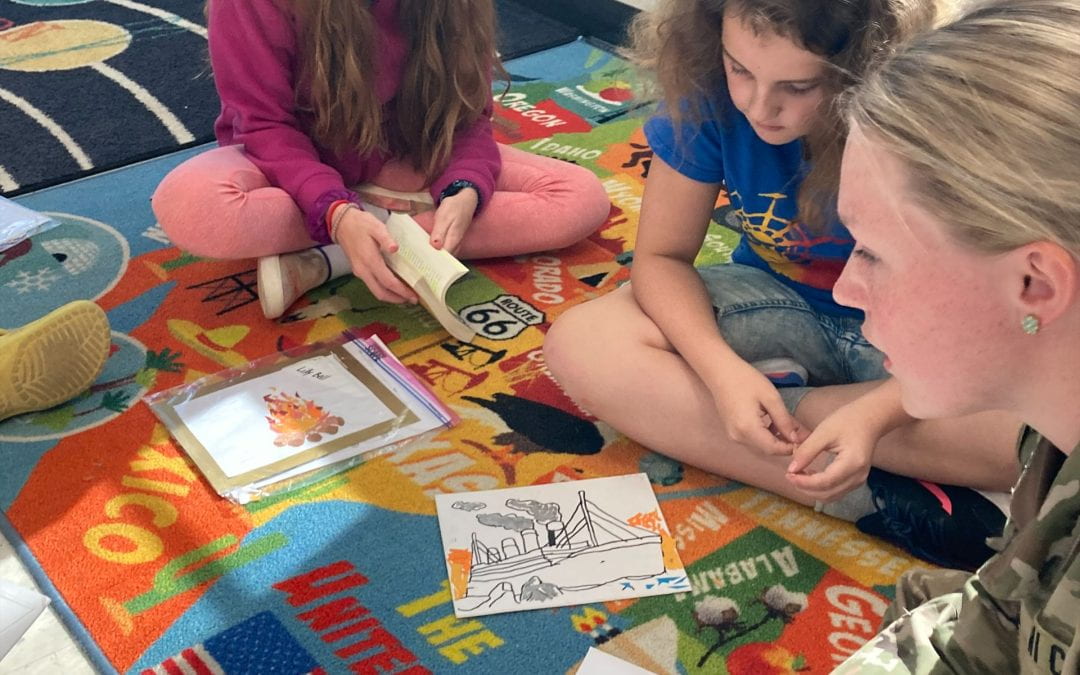“Behind the Story Map” is a teaching philosophy article that details the vast world of literature and how studying these worlds can give children valuable perspectives on the real world. This entire idea is something my partner, Rachel, and I have been exploring with our Think Alouds and Lit Inquiries; how can we relate the story world of fiction to real life situations and what does this teach us? According to the writers of “Story Map,” “stories help us understand the social world in new ways” (Douglass, et al, 91). Rachel and I couldn’t agree more as we chose a story with themes of family and friendship to hopefully give our students meaningful lessons on learning and life. We purposefully chose “The Lonely Heart of Maybelle Lane” by Kate O’Shaughnessy, a book with difficult themes of family acceptance and love, so that we may approach these difficult subjects in such a way that our students will be able to express their thoughts and emotions thoughtfully. As said on page 92 of “Story Map,” literature teaches kids “how to navigate through difficult emotions” (Douglass, et al). This philosophy directly influences the style of teaching and the kinds of lessons that Rachel and I plan to incorporate.
Sometimes, emotions can be hard to communicate and talk about. This is why introducing a creative vessel, like literature, to carry these topics in might be a better course of action than creating a lesson randomly asking students how they feel. The magic of stories can help children think about themselves in a more creative and productive manner. Literature not only allows students to think about themselves, but it gives them an opportunity to think abouts others; literature lessons provide a way for students to understand perspectives and to experience empathy. Page 94 of “Story Map” says this well, with “reading instruction should consider both cognitive skills and emotions to build motivation” (Douglass, et al). There is an entire world of learning within the pages of literature that await the study of students as there is much to learn through the experiences of others, even if those experiences are fictitious.
The philosophy behind “Story Map” is one that I personally take to heart. I resonate with the concept that literature has something valuable to teach to students, no matter the grade level. With applying these philosophies to my lesson planning, my partner and I chose to focus on the importance of emphasizing and relating to the text to better help the students navigate their way through their own lives.
Works Cited
Douglass, April, et al. “Beyond the Story Map: Inferential Comprehension via Character Perspective.” The Reading Teacher, vol. 69, no. 1, 2015, pp. 91–101., https://doi.org/10.1002/trtr.1377.


Dear Bri, It seems like this was made for your lit inquiry! Did you find that there were new concepts involved in the ways they “mapped” the emotional terrain, different from the decisions you made with Rachel?
I’m curious what kinds of scenarios student were able to navigate as they made text to self/ world connections.
Character mapping (Shanahan) is another strategy that can also allow students to live vicariously through others while still creating a safe space to discover.
MAJ Hodde